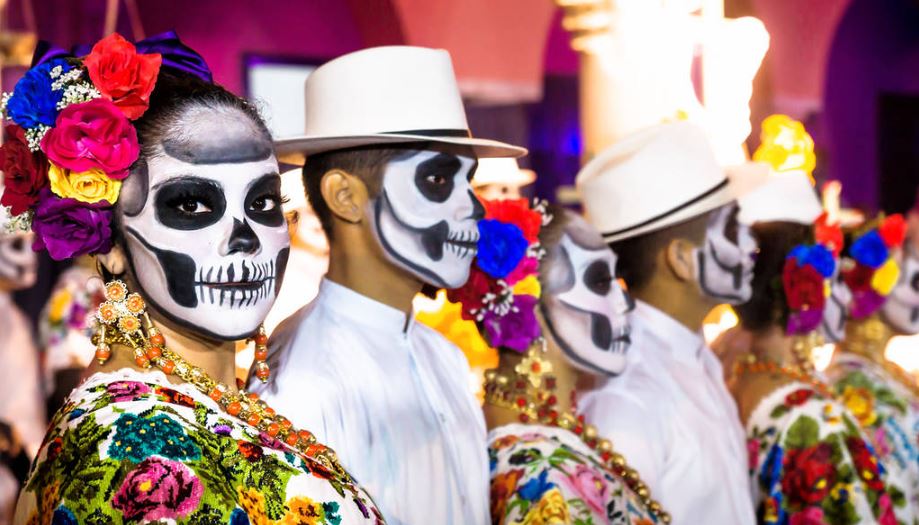News
One World, Many Haunts: Halloween Traditions Across the Globe
Halloween, with its pumpkins, costumes, and candy-filled nights, is often thought of as a uniquely American holiday.
In truth, the origins of Halloween go much deeper and reach far beyond the United States. This festival, with roots in ancient rituals, has transformed into a global celebration of mystery, fun, and community.
As the world becomes increasingly connected, Halloween has crossed oceans and borders, weaving itself into the traditions of countless countries while also merging with their own seasonal celebrations.
What makes Halloween so fascinating is that no two countries celebrate it in exactly the same way.
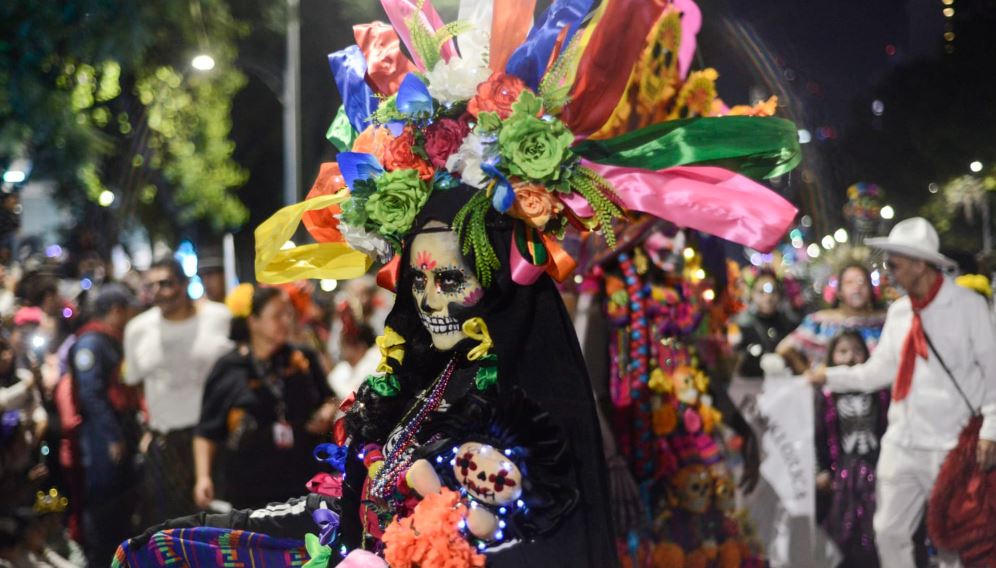
While some lean into costumes and horror-inspired fun, others focus on remembering ancestors, lighting candles, or hosting festivals of light and harvest.
Together, these diverse customs show how humanity, regardless of geography, shares a fascination with the unknown, the afterlife, and the turning of seasons.
In this article, we’ll travel across continents to uncover Halloween’s many faces, from its Celtic origins to how it thrives today in places like Japan, Mexico, Ireland, and the Philippines.
Buckle up for a cultural journey filled with spooky legends, heartfelt traditions, and festive creativity.
The Celtic Origins: Samhain in Ireland and Scotland
To understand Halloween today, we must first step back into the ancient Celtic festival of Samhain, celebrated over 2,000 years ago in Ireland, Scotland, and parts of northern Europe.
Samhain marked the end of the harvest season and the beginning of winter—a time associated with death, darkness, and mystery.
The Celts believed that on the night of October 31, the veil between the living and the dead grew thin, allowing spirits to wander freely in the mortal world.
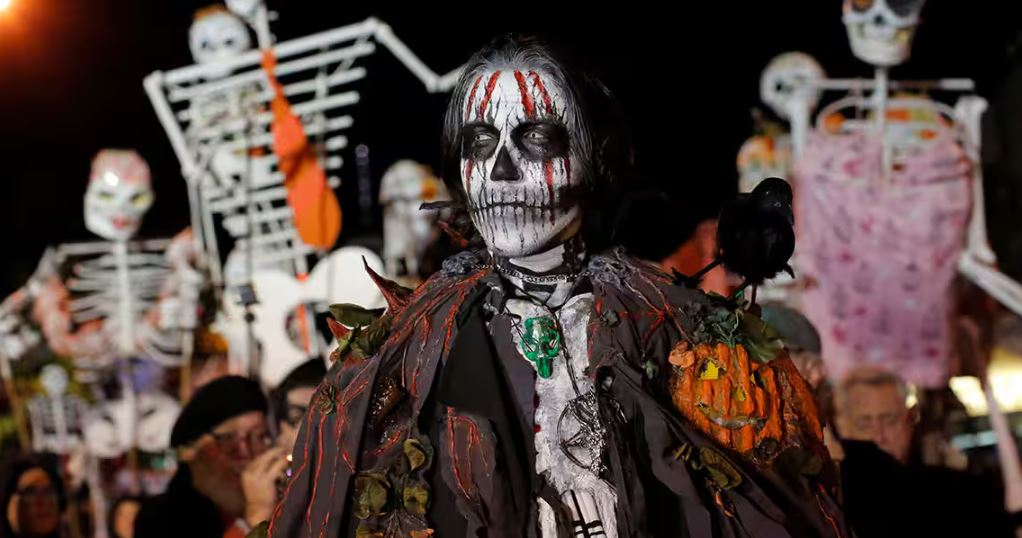
To ward off malicious entities, people would light bonfires, wear disguises, and leave offerings of food and drink.
These practices planted the seeds for many Halloween traditions we know today, including costumes, jack-o’-lanterns, and trick-or-treating.
Ireland and Scotland continue to embrace Samhain-inspired traditions. Modern Irish Halloween often features bonfires, fireworks, parades, and children going door to door in costumes—echoing their ancestors’ customs.
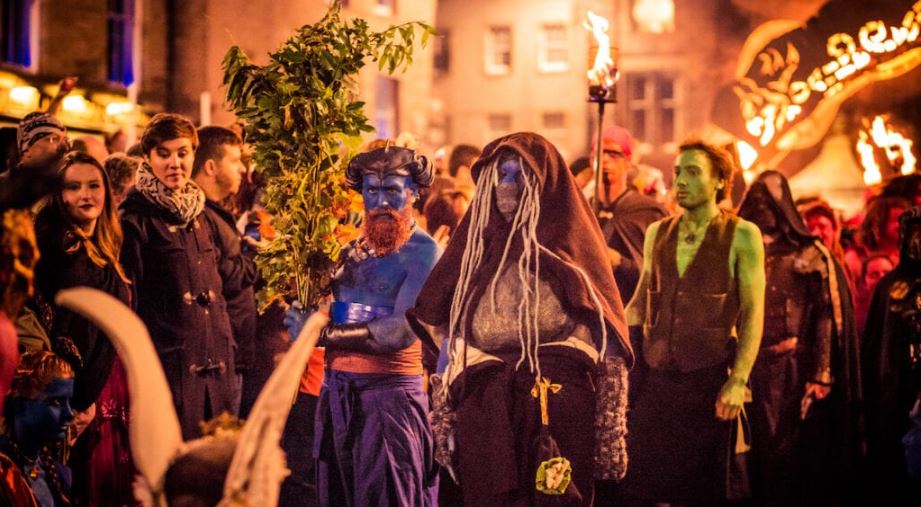
In Derry, Northern Ireland, one of Europe’s largest Halloween festivals takes place every year, where the entire city transforms into a haunted wonderland filled with parades, light shows, and eerie art installations.
Mexico: Día de los Muertos
Perhaps one of the most visually stunning celebrations connected to Halloween is Mexico’s Día de los Muertos (Day of the Dead), observed on November 1 and 2.
While distinct from Halloween, the holiday shares similar themes of honoring the dead and embracing the spiritual realm.
Día de los Muertos combines indigenous Aztec traditions with Catholic influences introduced by Spanish colonizers.
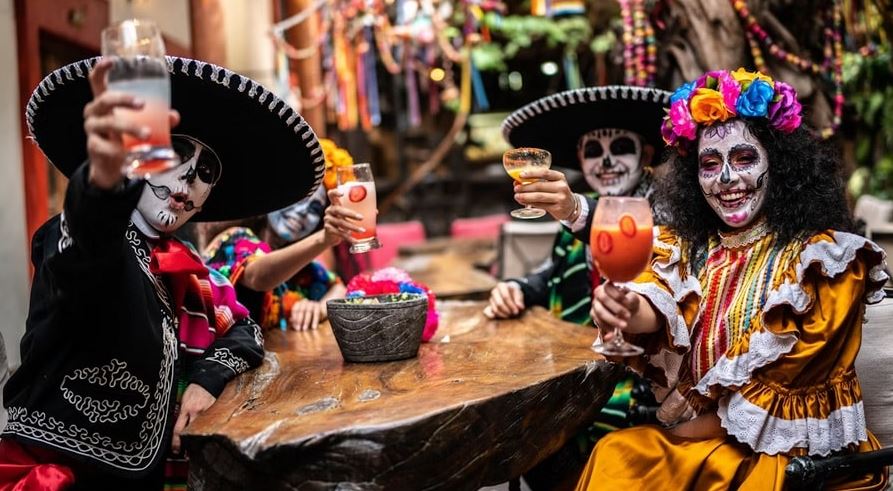
Families create ofrendas (altars) decorated with marigolds, candles, sugar skulls, and favorite foods of the deceased.
They believe that during these days, the souls of their loved ones return to visit, guided by the bright colors and scents of the offerings.
The celebration is not sorrowful but vibrant and joyful.
Parades, music, skeleton costumes, and face-painting bring streets to life, while cemeteries glow with candles as families gather to share stories and meals with those who have passed on.
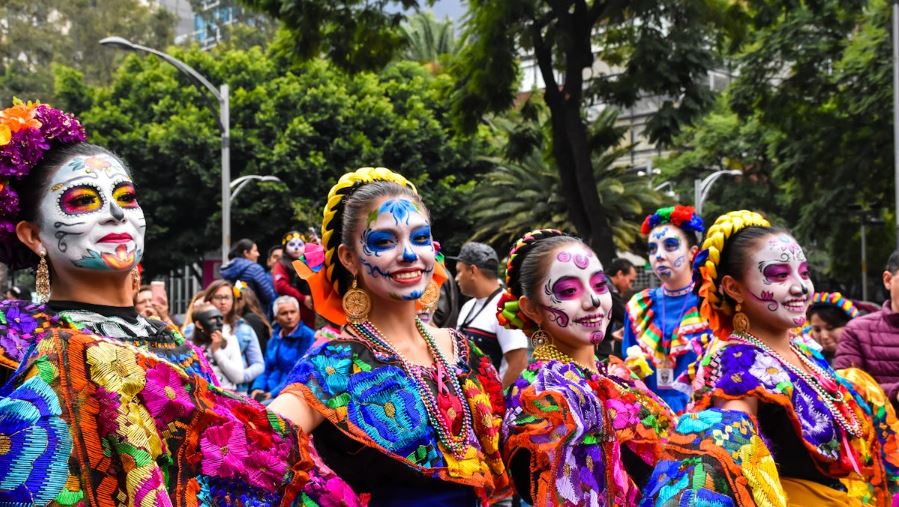
Thanks to films like Coco, Día de los Muertos has gained global recognition, reminding us that death is not just an ending but also a continuation of love and memory.
The Philippines: Undás and Pangangaluluwa
In the Philippines, the Halloween season is deeply spiritual, blending Catholic observances with local customs.
The celebration is known as Undás or Araw ng mga Patay (Day of the Dead), spanning November 1 (All Saints’ Day) and November 2 (All Souls’ Day).
Families travel to cemeteries, often days in advance, to clean and decorate the graves of their loved ones.
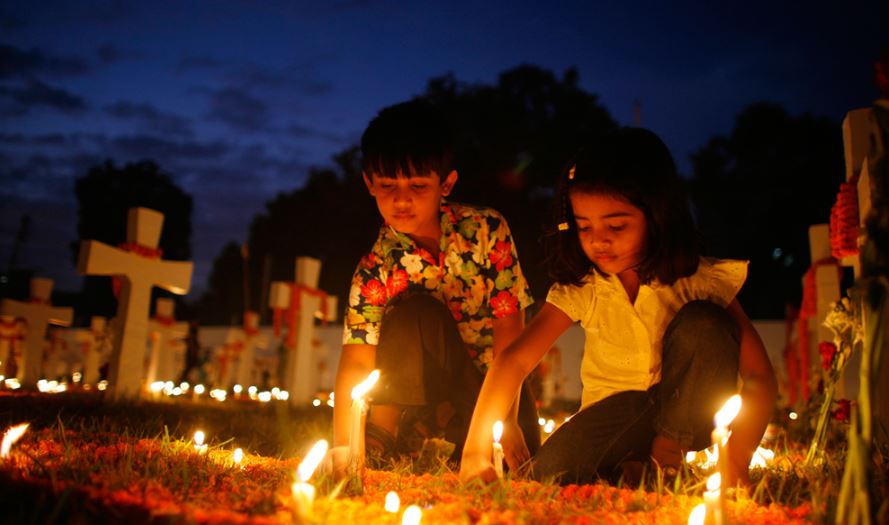
They bring flowers, candles, and offerings of food, turning cemeteries into lively gathering places filled with prayer, laughter, and remembrance.
Some families even spend the night, treating it like a reunion with both the living and the dead.
In rural areas, there’s also the tradition of Pangangaluluwa, where groups of people dress in costumes and go door-to-door singing hymns for the souls in purgatory, in exchange for food or alms.
Though it resembles trick-or-treating, it carries a deeply spiritual purpose tied to prayer and community.
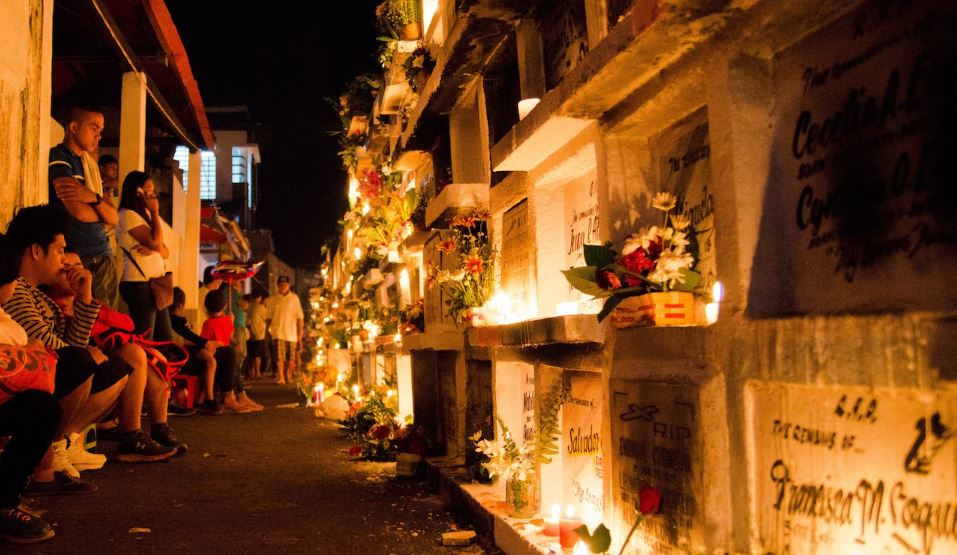
Japan: Halloween in the Land of Cosplay
Japan has no ancient Halloween equivalent, but it has embraced the holiday with unmatched enthusiasm. With its love for cosplay, anime, and themed festivals, Japan has turned Halloween into a spectacle of creativity.
Tokyo’s Shibuya Crossing becomes one of the world’s largest costume parties every October, with thousands of people dressed in elaborate outfits—from spooky ghouls to pop culture icons.
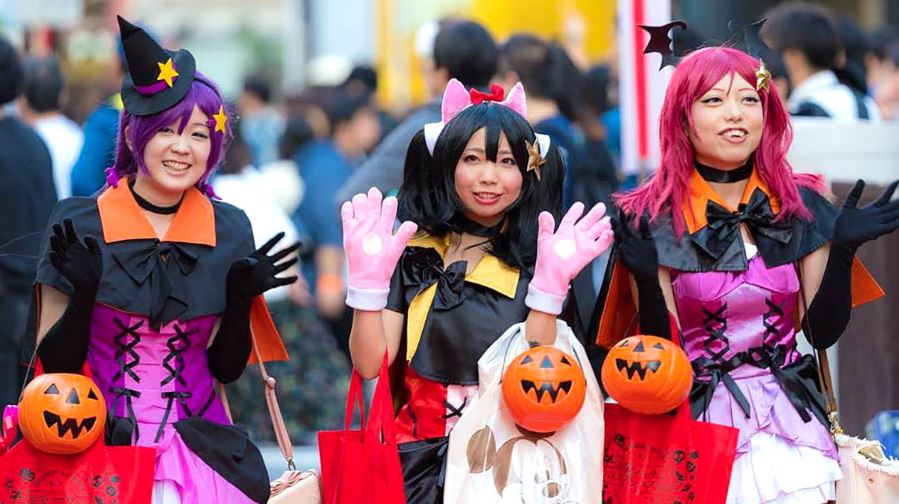
Unlike in the West, trick-or-treating is rare, but themed parades, club events, and haunted attractions are everywhere.
Japanese businesses also go all out, with Halloween-themed snacks, drinks, and limited-edition merchandise filling stores.
What makes Japan unique is how Halloween has fused with its own culture of cosplay and aesthetics, turning it into a fashion-forward, youth-driven event.
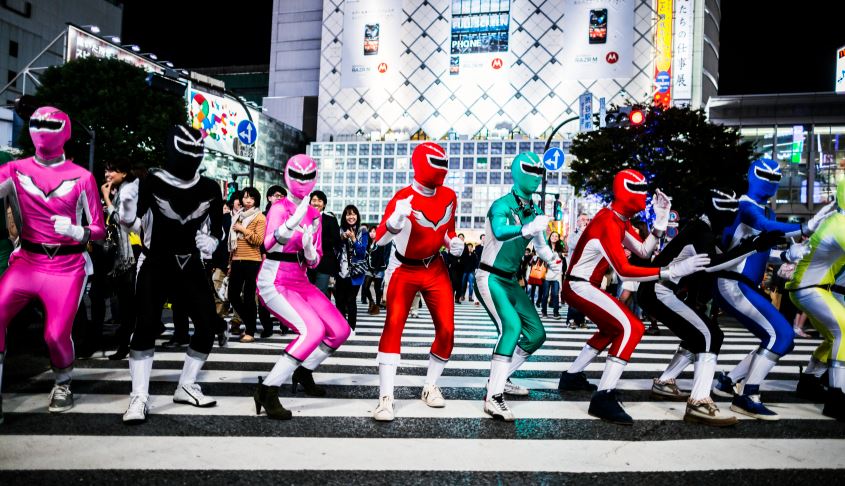
The United States: Trick-or-Treat Capital of the World
Of course, Halloween as we know it today is most synonymous with the United States, where it evolved into a major holiday blending Celtic traditions, European folklore, and American consumer culture.
By the early 20th century, Halloween became widely celebrated in the U.S., with communities encouraging costumes, games, and treats to create a safe, fun holiday for children.
Trick-or-treating emerged in the 1920s and exploded in popularity by the mid-century, becoming the heart of American Halloween.

Today, Halloween in the U.S. is big business, with billions spent each year on candy, costumes, decorations, and haunted attractions. It is a time when entire neighborhoods come alive with jack-o’-lanterns, spooky lawn displays, and endless parties.
American pop culture—from horror movies to pumpkin spice—has also exported the modern Halloween aesthetic worldwide.
Germany: From Walpurgisnacht to Halloween
Germany has a rich history of eerie celebrations. One of its traditional festivals, Walpurgisnacht (Walpurgis Night), held on April 30, involves bonfires and costumes meant to drive away witches and evil spirits.
In recent decades, however, Halloween has gained traction in Germany, thanks to globalization and American influence.
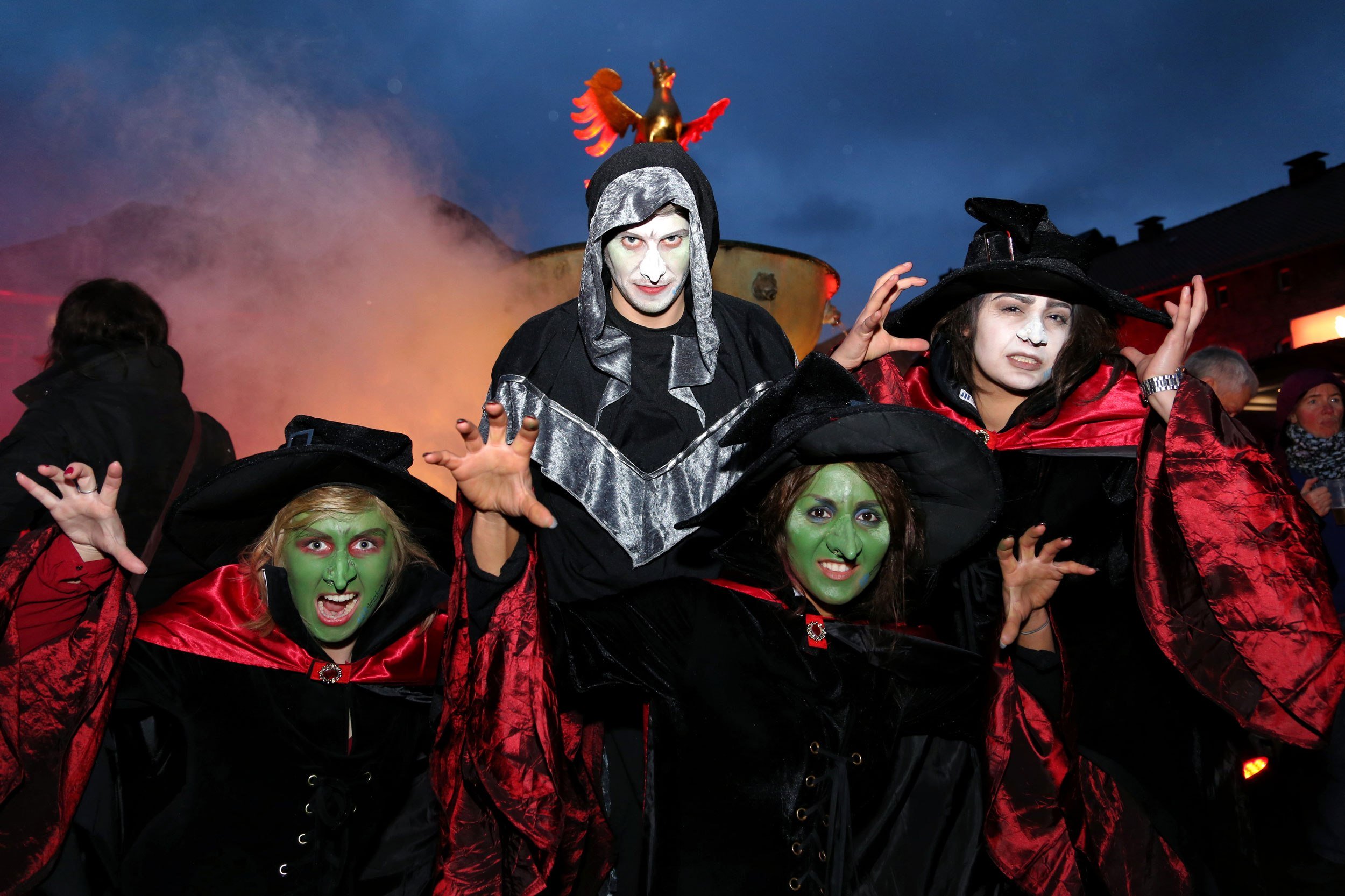
Children now go trick-or-treating in some areas, and costume parties are popular among adults.
Still, many Germans remain divided on Halloween, with some viewing it as overly commercial. Despite this, pumpkin festivals and haunted attractions are drawing more fans every year.
Italy: Ognissanti and All Souls’ Day
In Italy, the focus is less on Halloween itself and more on Ognissanti (All Saints’ Day) and Il Giorno dei Morti (All Souls’ Day).
On November 1 and 2, families honor their deceased loved ones by visiting cemeteries, lighting candles, and leaving flowers.
In some regions, children receive gifts or sweets said to come from the spirits of the dead.
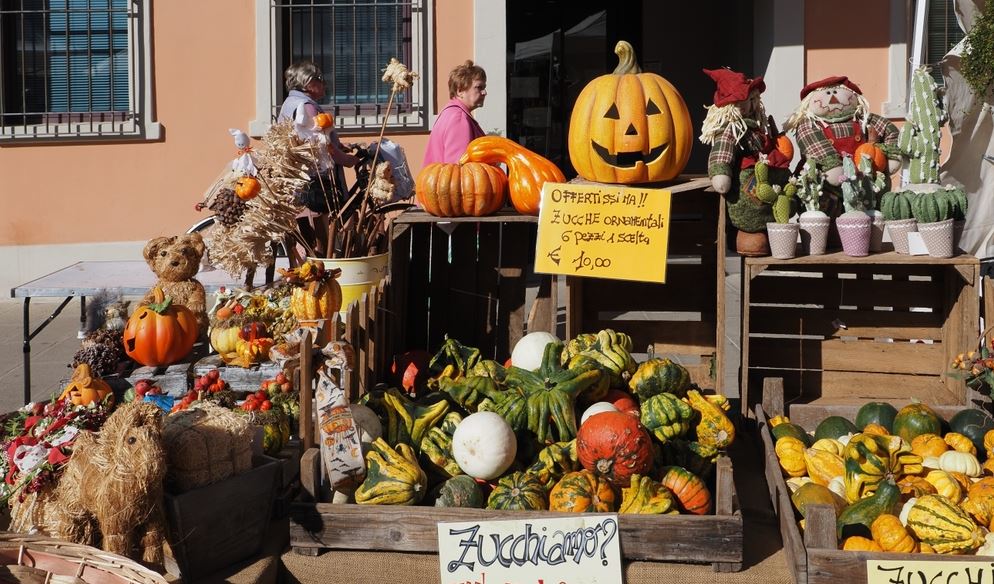
Traditional treats like Fave dei Morti (beans of the dead) cookies are baked and shared.
While Halloween parties and costumes are growing in popularity among younger Italians, the heart of the season remains spiritual and family-oriented.
Latin America Beyond Mexico
Many countries in Latin America share similar traditions to Mexico’s Día de los Muertos, with unique twists.
In Guatemala, families build colorful kites to guide spirits back to the living world. In Ecuador, people eat guaguas de pan (bread shaped like children) and drink a purple corn beverage called colada morada.
In Brazil, November 2 is observed as Dia de Finados, with prayers and gatherings at cemeteries.
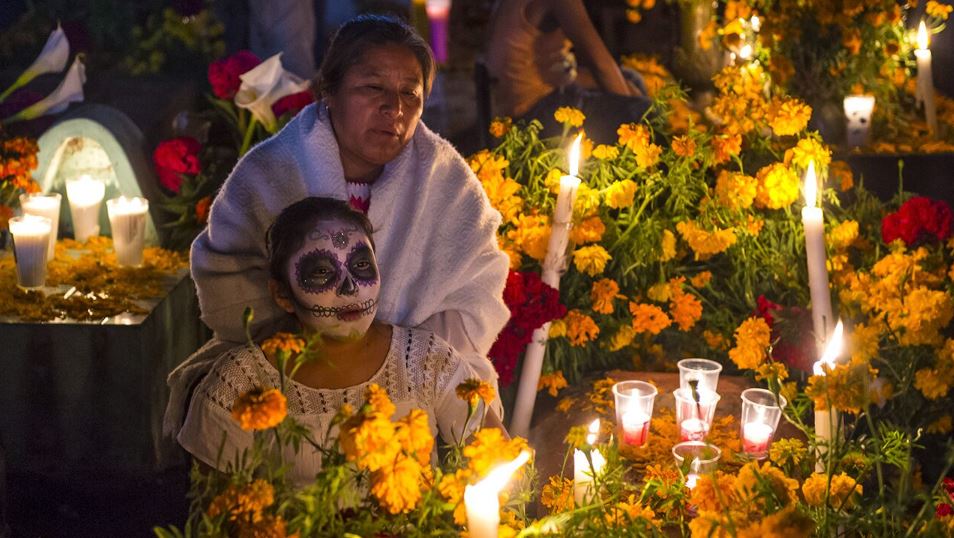
These customs highlight how remembrance of the dead is a unifying theme across cultures, even if the specific symbols differ.
The United Kingdom: Guy Fawkes Night and Halloween
In the UK, Halloween blends with other autumn traditions. Historically, children went “souling” on All Hallows’ Eve, offering prayers for the dead in exchange for food—a clear predecessor to trick-or-treating.
Today, Halloween is celebrated with costumes, pumpkin carving, and parties.
However, in England particularly, Guy Fawkes Night on November 5 often overshadows Halloween.
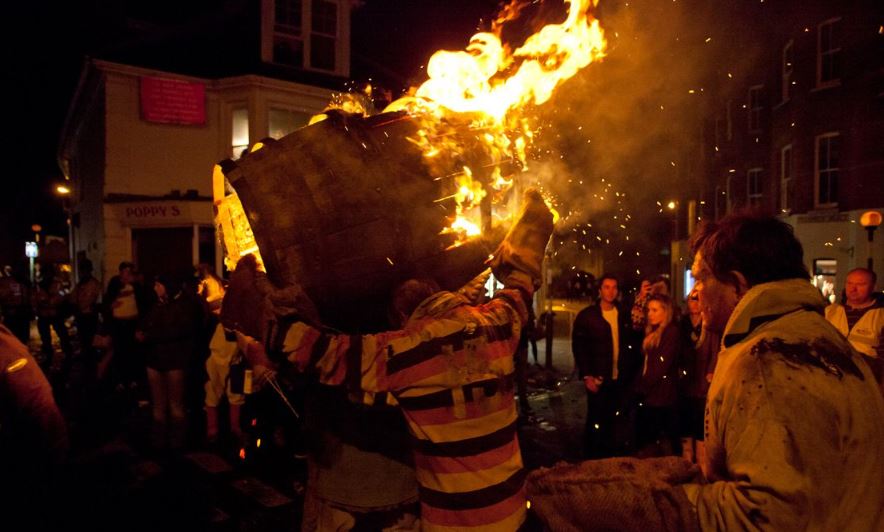
Celebrated with fireworks and bonfires, it commemorates the foiling of the Gunpowder Plot of 1605. Still, thanks to global influence, Halloween has steadily risen in popularity across the UK.
Africa: Blending Local Traditions
In Africa, Halloween is not traditionally celebrated, but local harvest festivals and spiritual observances sometimes overlap with its themes.
For example, in Ghana, festivals honoring ancestors are common, with offerings and rituals connecting the living with the dead.
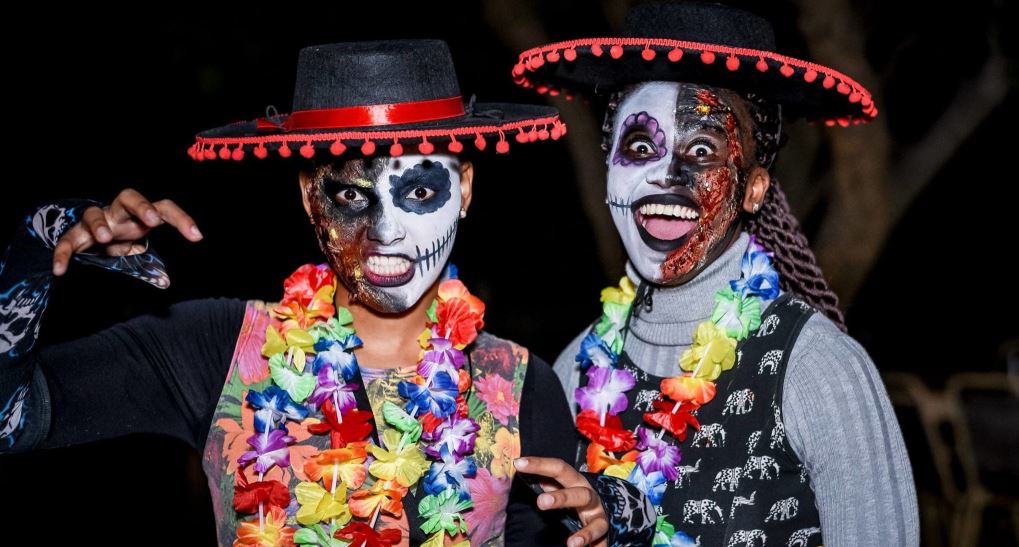
In South Africa, Halloween is slowly gaining ground in urban areas, particularly among younger generations who enjoy costume parties and imported traditions.
Australia and New Zealand: Springtime Spooks
For Australians and New Zealanders, Halloween falls during spring, not autumn, which changes its cultural context. Despite the seasonal difference, Halloween has grown rapidly in popularity, especially among children.
Trick-or-treating is increasingly common, and costume events fill major cities.

Some communities remain skeptical, viewing Halloween as an American import, but younger generations embrace it as a fun excuse to dress up and celebrate.
Why Halloween Resonates Across Cultures
Why has Halloween spread so far beyond its Celtic origins? Part of the answer lies in its universal themes. Every culture grapples with questions of life, death, and what lies beyond.
Festivals marking seasonal change, honoring the dead, or confronting fear are common across the globe. Halloween, with its flexible mix of play and spirituality, easily adapts to these traditions.
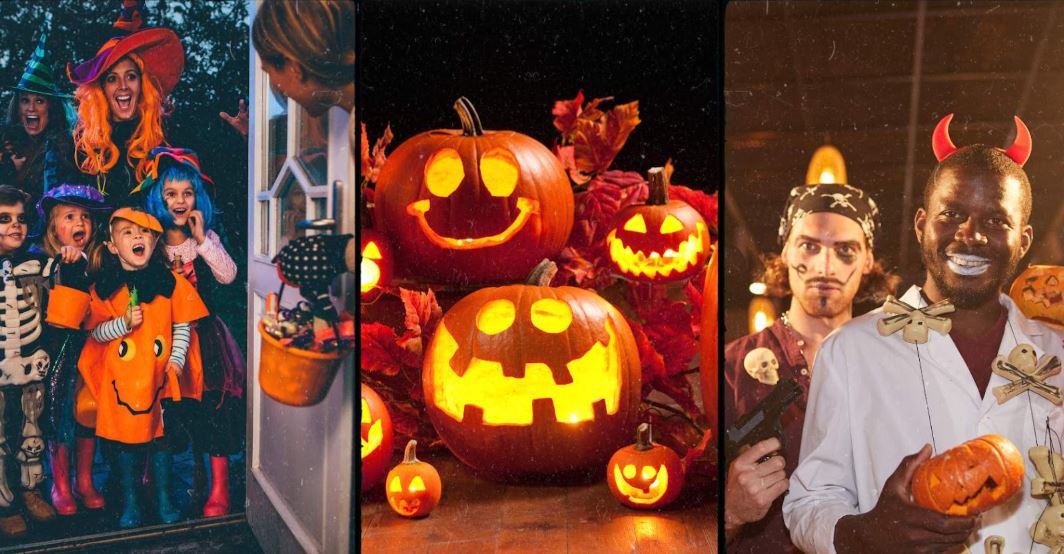
Another factor is pop culture.
Movies, TV shows, and global consumerism have turned Halloween into a recognizable global brand. Pumpkins, witches, and ghosts transcend language barriers, making Halloween instantly relatable.
Final Thoughts: One World, Many Haunts
Halloween is no longer just one holiday—it is many.
From Ireland’s bonfires to Mexico’s marigolds, from Japan’s cosplay parades to the Philippines’ candlelit cemeteries, each tradition tells a story about how people honor the past, confront fears, and celebrate life.
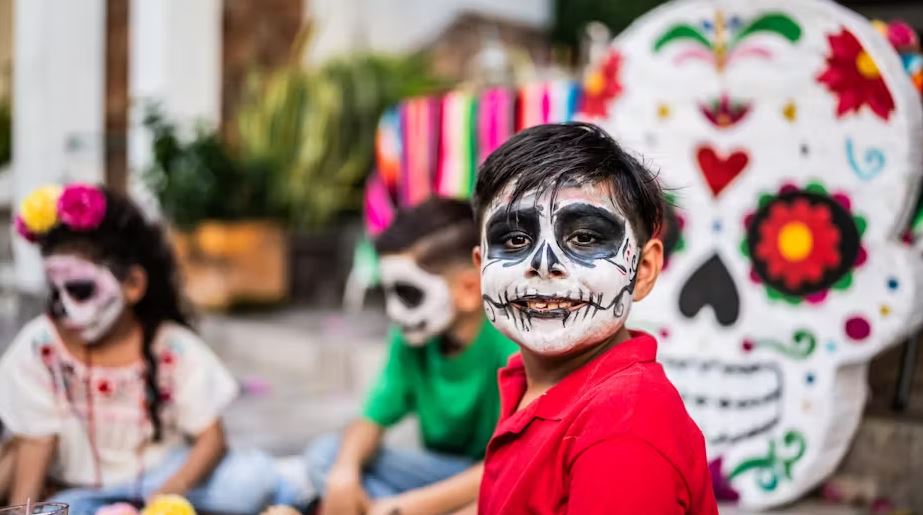
This global patchwork of customs shows us that while the details may differ, the essence of Halloween—connection between worlds, creativity, and community—remains the same.
No matter where you are, October and early November carry a sense of magic, mystery, and remembrance.
In the end, Halloween reminds us that even in death, love endures, and across cultures, the human spirit continues to celebrate life in all its forms.

